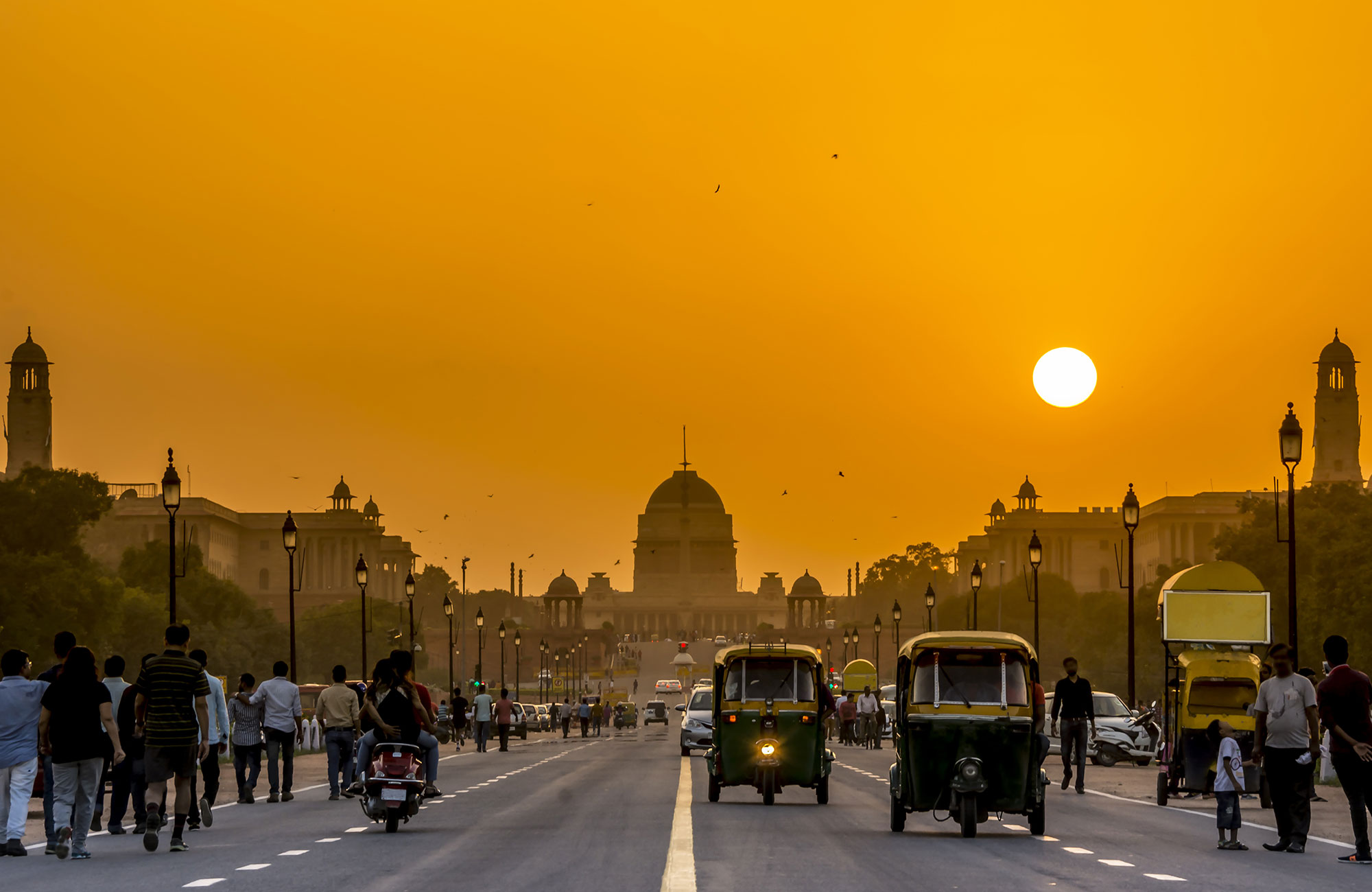Find Out When To Go: India's Best Travel Seasons
Planning a trip to India can be both exciting and overwhelming due to the country's enormous diversity in climate, culture, and geography. Knowing the optimal seasons for travel is crucial to ensure you have the best possible experience. This guide aims to guide you through the best times to visit different parts of India, helping you make the most of your journey.
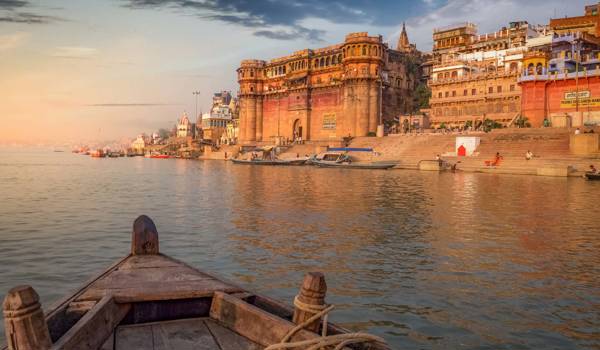
Experience the best of India with KILROY
Key Takeaways
- The best time to visit India is from October to March, offering pleasant weather and colourful cultural experiences, especially during popular festivals like Diwali and Holi.
- Summer months (April to June) present unique opportunities for wildlife spotting and visiting cooler hill stations, although temperatures can be intense.
- Monsoon season (June to September) transforms the landscape and offers fewer tourists, but travellers should take precautions for safety and comfort.
Optimal Seasons for Travelling to India
Planning a trip to India requires good timing. The optimal period to visit is from October to March, when the weather is generally good. Cooler temperatures during these months make it perfect for trying many of India’s diverse experiences.
The summer months, from April to June, can be quite harsh with soaring temperatures, but they offer great experiences such as wildlife spotting and hill station retreats. Understanding the seasonal variations will help you make the most of your visit, no matter if your plan to explore the big cities, serene backwaters, or stunning national parks.
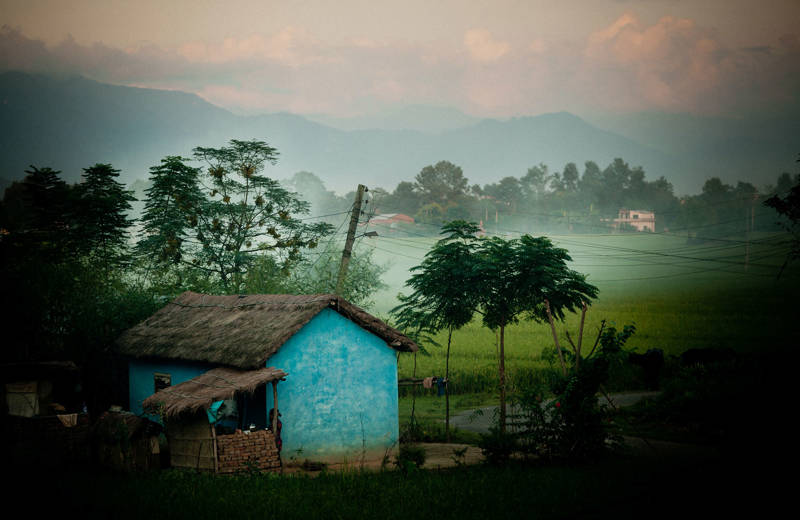
Winter Months in India
Our winter is undoubtedly the best time to visit India. From October to March, the weather is perfect for exploring the entire country. In northern India, daytime temperatures are comfortably warm, ranging from the low to mid-20s °C, while nighttime temperatures can drop below 10°C in January, creating a perfect balance for sightseeing.
During this season, popular destinations like Delhi and the Golden Triangle are at their best, with clear skies and pleasant weather. Major events such as Diwali in November and Holi in March can add a one-of-a-kind touch to your trip.
In southern India, the winter months offer a warm and welcoming vibe. January temperatures can reach as high as 32°C, making it perfect for beach activities and exploring the cultural heritage of states like Kerala and Tamil Nadu. The mild temperatures and dry conditions are ideal for houseboat cruises in the Kerala backwaters and enjoying the pristine beaches of Goa.
Additionally, festivals like the Kite Festival in Rajasthan and Republic Day celebrations on January 26 are a nice peek into the local culture.
Summer Adventures in India
India’s summer months, from April to June, bring extreme heat but also great opportunities for adventurous travellers. April is perfect for wildlife enthusiasts, as animals gather around dwindling water sources. National parks like Ranthambore and Bandhavgarh are prime for safaris during this period.
Hill stations such as Darjeeling and Shimla offer a cool break from the heat, making them popular summer retreats. Despite the high temperatures, summer in India is beautifully sunny and sees fewer tourists at most popular spots. It’s an excellent time to explore less crowded landmarks and enjoy tailor-made tours.
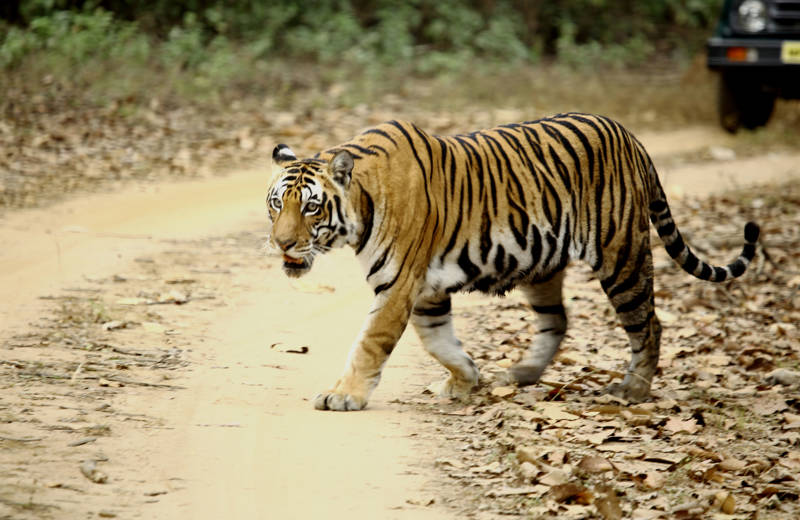
Regional Travel Highlights
India’s vast and diverse regions offer a lot of different travel experiences, each with its unique charm and attractions. From the historical and cultural richness of Northern India to the serene landscapes of Southern India, the vibrant wildlife of Central India, and the majestic peaks of the Indian Himalayas, there’s something for every traveler in this huge country.
Visiting these regions during their optimal seasons ensures the best experience. Here are the highlights of Northern, Southern, Central India, and the Indian Himalayas, along with the best times to visit and what to expect.
Northern India
Northern India, a treasure box of historical and cultural wonders, is best explored from November to February. Comfortable temperatures during this period make it ideal for visiting iconic landmarks like the Golden Triangle, which includes Delhi, Agra, and Jaipur. October and November are particularly good due to pleasant weather and fewer tourist crowds.
The Taj Mahal, one of the most visited attractions, is best experienced during the morning hours in winter for optimal lighting and smaller crowds of visitors.
Central India
Central India’s national parks are a paradise for wildlife enthusiasts, with possibilities to spot many different animals. The best time to visit these parks is post-monsoon, from October to January, and pre-monsoon, from March to May.
During these periods, the parks are lush and wildlife is more visible, making it an excellent time for safaris and nature walks. Ranthambore National Park, known for its tiger sightings, has its drier season from October to April, so if you're up for spotting tigers this will be possible for a large part of the year. - if you're lucky of course!
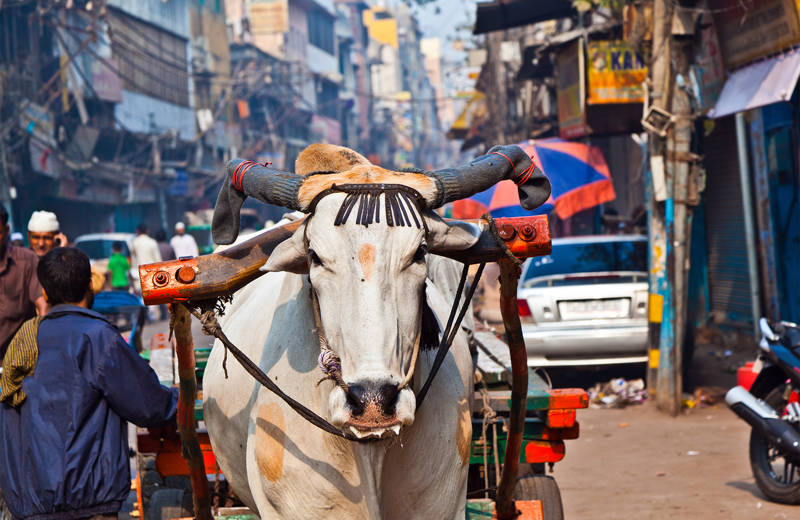
Southern India
Southern India is best visited from December to February. Mild and dry weather during this period is great for exploring the beautiful beaches of Kerala and Tamil Nadu. Goa experiences its peak tourism season in December and January, attracting visitors worldwide with its festive atmosphere and pristine beaches.
The prime time for Goa’s beaches extends from late December to early March, almost guaranteeing perfect beach weather and booming nightlife. Kerala, known for its serene backwaters and dense rainforests, is another big highlight of Southern India. The winter months provide the best conditions for houseboat cruises and exploring the state’s natural beauty.
The Indian Himalayas
The Indian Himalayas are the perfect place for adventurers. The prime months for visiting this region are from March to June and September to late November, offering the best weather for trekking and exploring the sights. March to June, in particular, is great for trekking, with clear skies and moderate temperatures making it an ideal time to explore the epic mountain landscapes.
Ladakh, located in the far north, is accessible from June to September and attracts adventure enthusiasts with its rugged beauty and unique cultural experiences. This region's got a big contrast to the lush greenery of the rest of India during the monsoon season, making it great choice if you're looking for a different kind of adventure.
Monsoon Season Insights
India’s summer monsoon season, from June to September, transforms the landscape dramatically. Heavy rainfall can pose some challenges, but it also fills up the rivers and turns the landscapes beautifully green in the process. Knowing the benefits and precautions of monsoon travel helps you make the most of this season so you can thrive in the rain.
Benefits of Monsoon Travel
- Traveling to India during the monsoon season offers several advantages:
- Fewer tourists at popular attractions, allowing for less crowded exploration.
- Lower travel costs, appealing to budget-conscious travelers.
Monsoon rains transform India’s landscape into a lush, green paradise, providing fresh air and stunning scenery, particularly in regions like Kerala and Ladakh.
Activities such as trekking in the hills and river cruising along the Ganges become more popular during the monsoon due to the lush environment and high water levels. Kerala, with its beautiful backwaters, and Ladakh, with its dry mountains, remain particularly good destinations during this season.
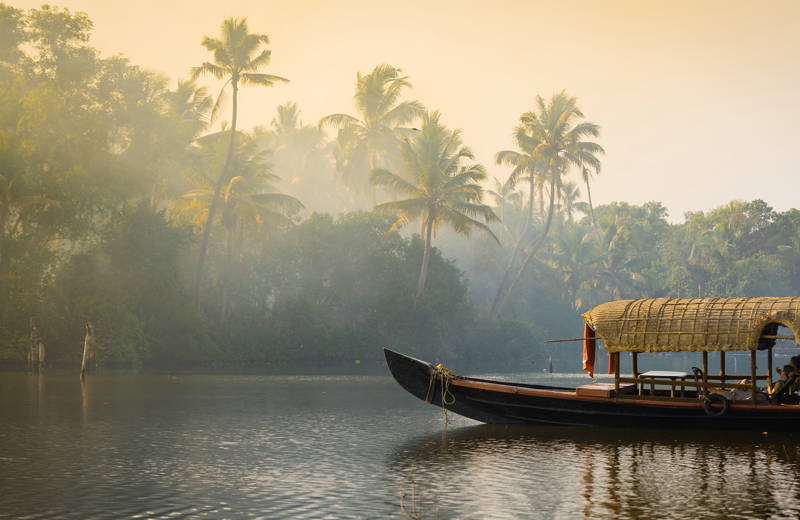
Festival Calendar: When to Experience India's Lively Culture
Timing your visit to India to coincide with its numerous festivals can give a deeper understanding of the country’s rich culture and history. Festivals like Diwali and Holi are based on age-old traditions and mythology, kept alive by community spirit.
Holi Festival
Holi, the festival of colors, is one of India’s most joyous celebrations, typically held in early March to mark spring’s arrival. This Hindu festival symbolizes the victory of good over evil and the end of winter, welcoming the vibrant season of growth and renewal. During Holi, people gather in the streets to throw colored powders, sing, dance, and enjoy festive foods, creating a lively and exuberant atmosphere.
Participating in Holi offers a magical time to visit India, providing a unique and immersive cultural experience. The festival’s colourful and energetic celebrations occur across the country, from bustling cities to rural villages. Whether in Delhi, Rajasthan, or any other part of India, Holi is a fantastic opportunity to engage with local traditions and experience the country’s festive spirit.
Pushkar Camel Fair
The Pushkar Camel Fair, held in November, is a significant cultural event showcasing the heritage of Rajasthan. This annual fair brings together thousands of camels, horses, and cattle, which are traded and showcased in various competitions and races.
In addition to livestock activities, the fair features performances, cultural displays, and a bustling market, offering a unique glimpse into rural Indian life.
Diwali Celebrations
Diwali, the festival of lights, is one of the most important and widely celebrated festivals in India, occurring in October or November. This five-day festival signifies the triumph of light over darkness and the start of the Hindu New Year. During Diwali, homes, streets, and temples are decorated with oil lamps, candles, and colorful rangoli designs made from powders and flowers. The celebrations include fireworks, feasting, and exchanging gifts, creating a warm and joyous atmosphere.
Experiencing Diwali in India offers an opportunity to witness the country’s deep-rooted traditions and communal harmony. The festival’s vibrant and festive spirit is felt across the country, making it an excellent time to visit and immerse yourself in India’s cultural richness. Whether in North India or South India, Diwali celebrations are a beautiful and memorable part of the Indian cultural experience.
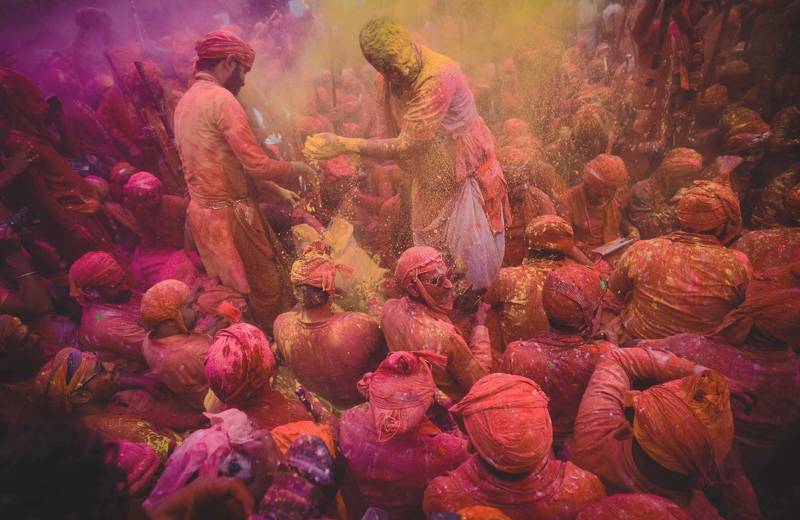
Beach Escapes: Best Time to Visit Coastal Destinations
India’s coastal destinations offer idyllic settings for a relaxing beach holiday. The best time to visit these beaches is from November to March, when the weather is warm and dry, providing perfect conditions for sunbathing and water activities. Temperatures typically hover around 32°C during this period, making it an ideal escape from colder climates.
Visit Goa
Goa is renowned for its stunning beaches, vibrant nightlife, and rich cultural heritage, making it a prime destination for beach holidays. The best time to visit Goa is from late October to February, aligning with the festive season and ideal beach weather. During this period, Goa’s beaches bustle with activities, from water sports to beach parties. December and January are particularly popular, attracting visitors worldwide to enjoy the festive atmosphere and pristine beaches.
Besides its beaches, Goa offers a blend of Indian and Portuguese cultures, evident in its architecture, cuisine, and festivals. Exploring the charming streets of Old Goa, visiting vibrant markets, and indulging in local seafood are must-do activities during your stay.
Kerala Backwaters
The Kerala backwaters, a network of serene lakes, rivers, and canals, offer a tranquil and picturesque escape in South India. The best time to explore this area is from December to February, when the weather is mild and dry, making it perfect for houseboat cruises and outdoor activities. During this period, visitors can enjoy the lush green landscapes, traditional villages, and wildlife that mark this unique region.
A houseboat cruise through the backwaters is a quintessential Kerala experience, providing a leisurely way to explore the region’s natural beauty and cultural heritage. As you glide through the calm waters, you’ll encounter charming villages, lush paddy fields, and a variety of bird species.
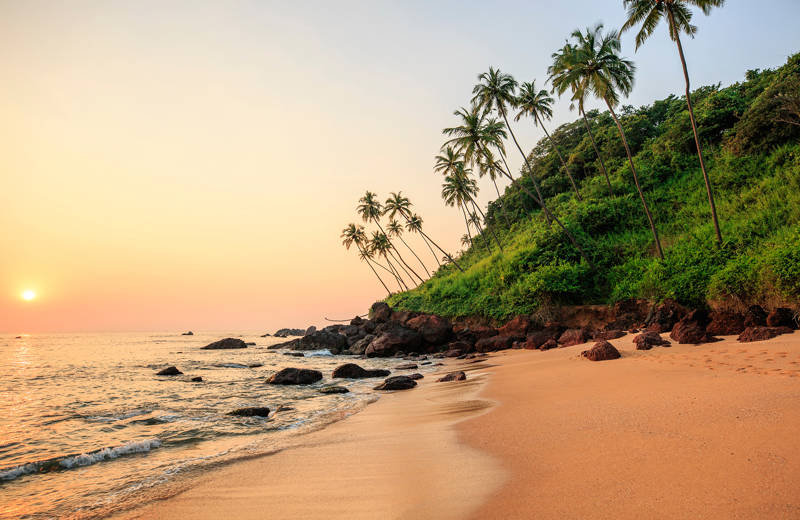
Wildlife Safaris: Spotting Bengal Tigers and More
India’s national parks and wildlife reserves offer thrilling opportunities for spotting Bengal tigers and other exotic animals. The best times for wildlife sightings are generally between February to April, when the dry conditions make it easier to spot animals near water sources. National parks are open for visitors from October to June, with December to March being the prime months for tiger sightings due to less greenery for animals to hide in.
Ranthambore National Park
Ranthambore National Park, located in Rajasthan, is one of the main places in India to spot Bengal tigers. The best time to visit Ranthambore is from October to April, with the dry conditions in October and April providing the best chances for tiger sightings. During these months, the park’s vegetation is sparse, making it easier to spot tigers and other wildlife. November to February also offers nice weather, enhancing the overall safari experience.
In addition to tigers, Ranthambore is home to a variety of wildlife, including leopards, sloth bears, and numerous bird species. The park’s diverse landscape of forests, lakes, and ancient ruins adds to its appeal, making it a must-visit destination for wildlife enthusiasts.
Bandhavgarh National Park
Bandhavgarh National Park, located in Central India, is known for its high density of Bengal tigers. The best time to visit Bandhavgarh is from February to April, when the hotter months drive tigers to frequent watering holes, increasing the chances of sightings.
The park’s diverse terrain, which includes dense forests, open grasslands, and ancient fort ruins, creates a stunning backdrop for wildlife safaris, allowing you to spot the parks many species of animals.
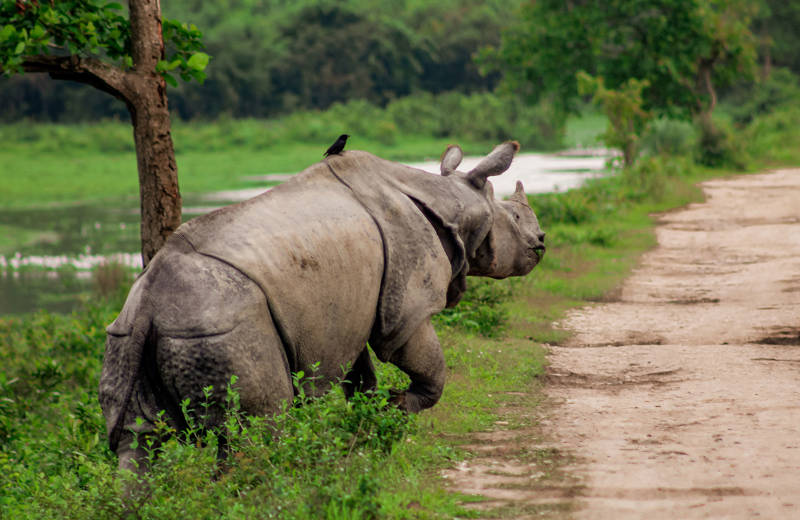
Summary
In summary, visiting India offers a wealth of experiences, each enhanced by choosing the right time to travel. The winter months from October to March provide ideal weather for exploring the country’s diverse regions, while the summer months offer unique adventures like wildlife spotting and hill station retreats.
Timing your visit to match with big festivals like Holi or Diwali adds another dimension to your journey. Planning the perfect trip is difficult, but we happen to master the details. Reach out and start planning your next adventure to make the most of what India has to offer.
Write to us & start planning!
Frequently Asked Questions
What is the best time to visit India?
The best time to visit India is from October to March, as the weather is nice and perfect for travel during our winter months.
When can I experience the Holi festival in India?
You can experience the Holi festival in India, which typically takes place in early March, celebrating the arrival of spring with vibrant festivities.
What is the best time for safaris in India?
The best time for wildlife safaris in India is from February to April, as the dry conditions enhance visibility of animals near water sources.

